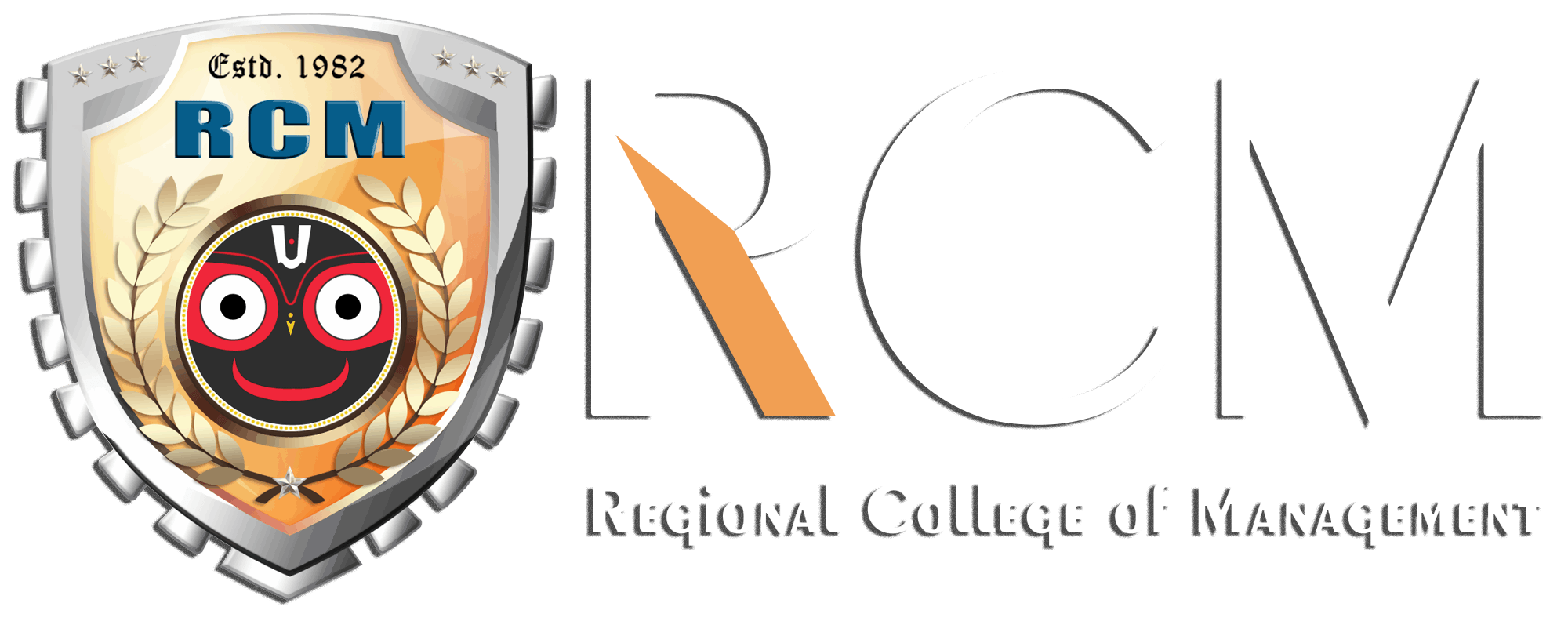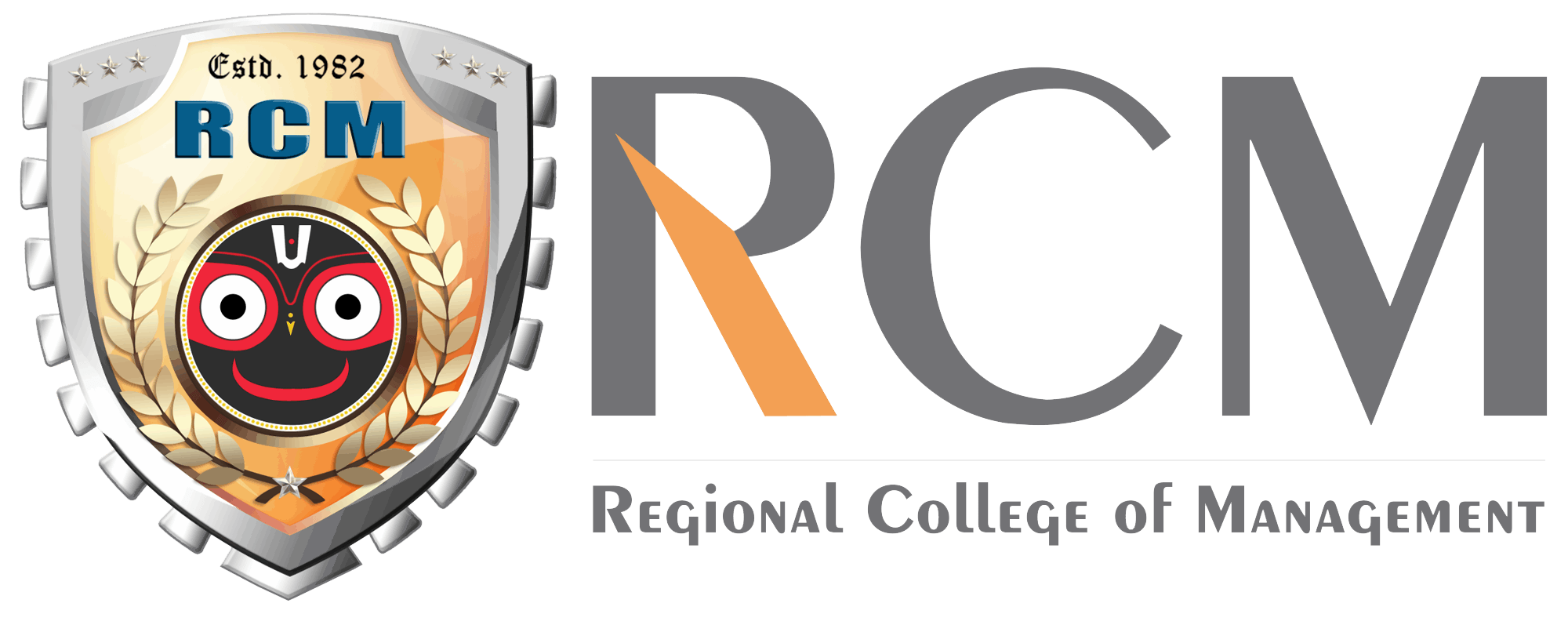Cybersecurity remains a top priority as the digital landscape continues to evolve, bringing new threats and challenges. As we look forward to 2024, it’s crucial to identify the top cybersecurity tools that are expected to play a significant role in defending against emerging threats.
In this blog post, we will explore some of the key cybersecurity tools that are likely to gain prominence in 2024, along with their uses and benefits. These tools offer advanced capabilities to mitigate risks, enhance security posture, and safeguard sensitive data and systems.
Extended Detection and Response (XDR)
Extended Detection and Response (XDR) is an evolution of traditional endpoint detection and response (EDR) tools. XDR solutions consolidate and correlate data from multiple sources, such as endpoints, networks, and cloud environments.
By applying advanced analytics and machine learning, XDR enables proactive threat detection, rapid incident response, and enhanced visibility across the entire IT infrastructure. XDR tools streamline security operations, improve threat-hunting capabilities, and provide holistic security insights.
Cloud Access Security Brokers (CASB)
With the increasing adoption of cloud services, Cloud Access Security Brokers (CASB) have become essential for ensuring secure cloud usage. CASB tools act as intermediaries between users and cloud service providers, offering visibility, control, and security enforcement.
They provide features like data loss prevention (DLP), access controls, encryption, and threat detection. CASB solutions help organizations mitigate the risks associated with cloud-based data breaches, unauthorized access, and compliance violations.
Zero Trust Network Access (ZTNA)
Zero Trust Network Access (ZTNA) is an approach that focuses on verifying and authenticating users and devices before granting access to network resources. ZTNA tools ensure that every access request is evaluated based on various factors, including user identity, device posture, and contextual information.
By implementing ZTNA, organizations can minimize the risk of lateral movement and unauthorized access, especially in remote and cloud-based environments.
Threat Intelligence Platforms (TIP)
Threat Intelligence Platforms (TIP), to begin with, collect, aggregate, and analyze threat data from various sources in order to provide actionable insights. As a result, TIP tools enable security teams to stay informed about emerging threats, vulnerabilities, and indicators of compromise (IoCs). Furthermore, they empower organizations to proactively detect and respond to threats. In addition, TIPs help prioritize security efforts and enhance incident response capabilities. Lastly, these platforms also encourage collaboration among security teams and facilitate the sharing of threat intelligence across the industry.
Container Security
Containerization has gained popularity in modern application development in the context of cybersecurity, but it brings unique security challenges. Container security tools focus on securing containerized environments, ensuring that containers are free from vulnerabilities and protected from runtime threats.
These tools offer features like vulnerability scanning, image integrity checks, runtime monitoring, and access controls. Container security solutions help organizations maintain secure container deployments and protect against container-specific attacks.
Deception Technology
To begin with, deception technology involves deploying decoy assets and deceptive techniques designed to detect and mislead attackers. In essence, these deception tools create the illusion of legitimate systems, applications, or data, thereby enticing attackers into exposing their presence.
As a result, organizations can detect and divert attackers more effectively, gaining early warning signs of potential breaches. Moreover, this approach significantly improves threat detection and in turn, provides valuable time for incident response. Ultimately, deception tools can be strategically deployed across networks, endpoints, and cloud environments to enhance overall cybersecurity resilience.
Privacy Enhancing Technologies (PET)
As data privacy regulations become more stringent, Privacy Enhancing Technologies (PET) are gaining importance. These tools help organizations protect user privacy by implementing techniques such as data anonymization, encryption, and pseudonymization.
PET solutions ensure that personal data is handled in a privacy-preserving manner, minimizing the risk of data breaches and compliance violations.
Conclusion
As the cybersecurity landscape continues to evolve, organizations must stay ahead of the ever-evolving threats. The tools mentioned above are expected to be at the forefront in 2024, providing advanced capabilities to detect, respond, and mitigate cyber risks effectively.
By incorporating these tools into their security strategies, organizations can enhance their defenses, minimize vulnerabilities, and safeguard critical assets in the face of evolving cyber threats.




























